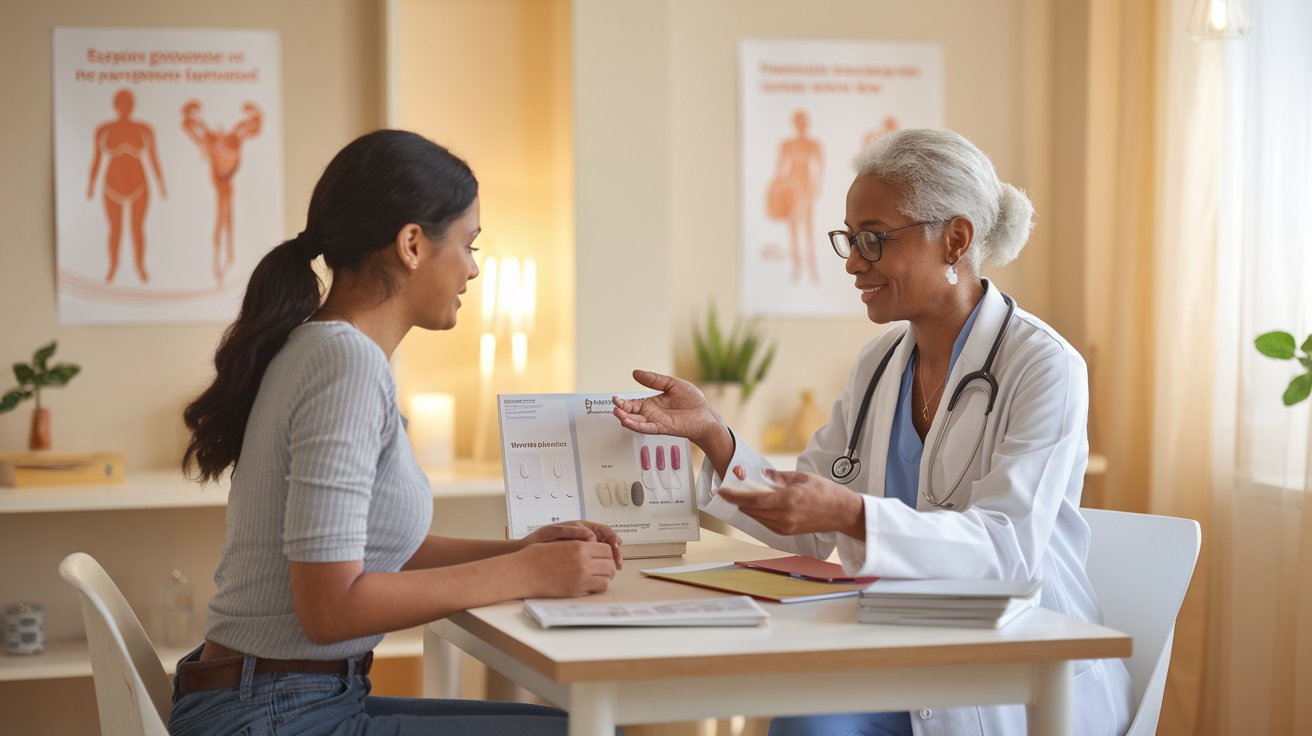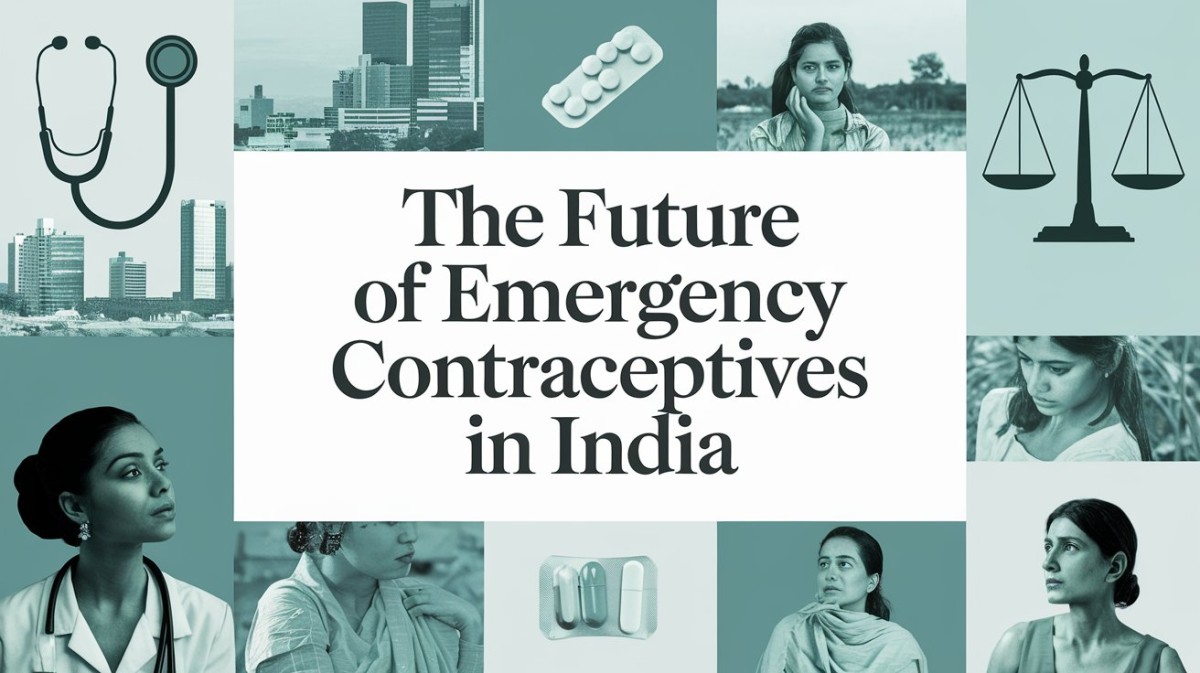Imagine a situation where timely access to an emergency contraceptive pill (ECP) could prevent an unintended pregnancy. So, what if this option were to be limited? Anecdotes addressing the possibility of switching ECPs to prescription-only have emerged in India; while advocates named misapplication of products as their argument, critics named restricted access to contraceptives and deterioration of health conditions as the counterargument. In this blog, however, we will look at the pros and cons of this possible policy change and its impact on women’s health and bodily rights.
Current Status of ECPs in India
COCs, otherwise called the “morning-after pill” have been available as OTC commodities for over ten years in India thus enabling women to access them in emergency times. These are pills that work best when taken within certain time after having unprotected intercourse. No actual ban has as of yet taken place; however discussions recently held propose that India is likely to formulate ECPs as prescription only because of the escalating misuse of ‘irrational’ ECPs.
The core of the debate lies in balancing accessibility with safety: should ECPs be sold Over-The-Counter or do they require prescription for better use? This question has elicited great controversies as it has been noted on this passage.
Arguments for Restricting OTC Access to ECPs

1. Potential for Misuse and Dependence
This is because advocates of limiting OTC access to ECPs have based their argument on the claim that the method has the potential to be abused. Emergency contraceptive pills are for occasional use and not for daily, weekly or monthly use. Nevertheless, it could easily provide a convenient contraception method for some women, even though overall effectiveness of ECPs cannot compete with birth control pills, IUDs or condoms. ECPs may cause various problems, such as hormonal imbalance and irregular menstrual cycles that may affect reproductive health in future.
2. Need for Medical Guidance
The rationale for prescription to be a requirement is that a consultation may prevent the wrong usage and misuse of ECPs. Women can become aware of better contrive contraceptives and consult a doctor for recommendations on safer forms of birth control. Doctors could as well explain the possible side effects of ECP and also attend to any complications that may make the use of ECP less advisable. Indeed, a structured consultation then might equip the woman with knowledge so that she could avoid ECPs as a main method of birth control.
Arguments Against Restricting OTC Access to ECPs

1. Reduced Access, Especially for Rural Women
Requiring a prescription substantially limit access to ECPs because many women who live in rural facilities could find it difficult to visit clinics. Lack of prescription is already a burden to many women as, apart from contraception, they are likely to elicit social and cultural barriers when seeking the services. Such a change may negatively affect women in poor who might not find time or money to visit a doctor for a script.
2. Increased Risk of Unintended Pregnancies and Unsafe Abortions
ECPs are used as a back up method to avoid unwanted pregnancies, for which, if not controlled, women may resort to risky abortion measures, particularly in the developing world where health facilities are scarce. Restricting utilization of ECPs may compel some women to use unsafe and un-approved abortion products thus exposing them to serious health risks. The aforementioned consequence could be dire, especially for young women or the unmarried, groups of women that are socially shamed for using contraceptives.
3. Impact on Women’s Autonomy and Empowerment
Making ECPs available only with prescription is viewed as a move in the wrong direction for women’s reproductive choices. Years and years, ECPs have served as the last resort for women who want to decide their reproductive future on their own without anyone knowing. By making the purchase prescription based, one may lose this freedom, and therefore women may be forced to undergo enhanced scrutiny, judgment, or delay in access to essential medicines. The opponents assert that women are quite competent to know when to use ECPs and when not to, without consulting with a doctor every time.
The Way Forward: Striking a Balance.

The debate over ECP access in India underscores a critical question: how can we increase usage of Echo without creating improper use while at the same time improving access and women’s control? Here, are few suggestions that I imagine may be useful to find that balance:
1. Informed Education on Contraceptive Options
Instead of that, women should and need to be provided with information about the various contraceptives available and how best to use these contraceptives. Other sexual and reproductive health awareness targeting campaigns such as those on contraception may entail constant use of regular contraceptive procedures and viewing of ECPs as an emergency option may enable women to make informed choices without prescription.
2. Clear Labeling and Usage Instructions
Perhaps manufacturers could work on the labeling given to ECPs to add messages to the overall effect that the pill is for emergency use only. This, in my view, could educate the users about the possible harms of its overuse and without prescription, provide ECPs to women for responsible use.
3. Targeted Awareness Campaigns
Since the targeted campaigns would be centered on the proper use of contraceptives, the healthcare givers could educate the public on the relative importance and demerit of various contraceptive measures. Campaigns of this nature which might be in many languages including digital media, television and radio could.
4. Facilitating Access to Regular Contraceptives
Both the government and the healthcare providers could intervene and increase provision of usual contraceptive methods including pills, IUDs, and implants. By increasing the availability of these alternatives women are likely to have better choice in matters concerning birth control other than ECPs.
5. Engaging Healthcare Providers and Pharmacists
Another focus is that healthcare professionals such as doctors and nurses, and pharmacists all provide education to the patients. Educating a new generation of pharmacists to explain to customers how ECPs should be used without a prescription from an MD might work as a compromise. Pharmacists could explain the risks related to safe use of ECPs and might advise women on other contraceptives that can be used more effectively.
For more such related content check out our blogs on Women's Health.
Conclusion
The ban of sales of ‘pan-chemistry chopped tablets’ in India get to the concept of public health, women and responsible use of contraception. Of course it is possible to argue some misuse may occur, however, severe limitation of access might have a very negative impact on the citizens of the county especially women in the rural areas and other vulnerable individuals. It is argued, therefore, that the concerns of Indian women may be better served by a more balanced approach that strongly supports education, awareness and easy access to conventional methods of contraception regulation.
Finally, preserving the health of women should comprise ensuring that they may exercise adequate protection against pregnancy, and that they possess adequate knowledge about contraceptives to make proper decisions. Thus, by proclaiming a policy regime favorable to both access for the disabled and wise use of technology, women’s rights are protected alongside public health.
The factual details presented in this research paper bring awareness on ECP access in India and can guide the intended reader to ponder over the significance of contraception and its limitations with regards to women’s reproductive health.
